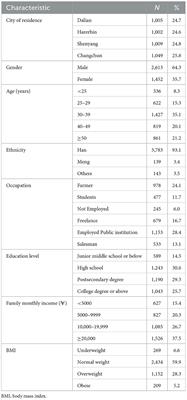BRIEF RESEARCH REPORT
Published on 31 Oct 2024
Food service safety and hygiene factors: a longitudinal study on the Brazilian consumer perception
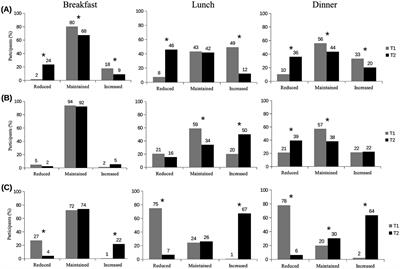
doi 10.3389/fnut.2024.1416554
- 485 views
2,475
Total downloads
21k
Total views and downloads
Select the journal/section where you want your idea to be submitted:
BRIEF RESEARCH REPORT
Published on 31 Oct 2024

ORIGINAL RESEARCH
Published on 07 Aug 2024
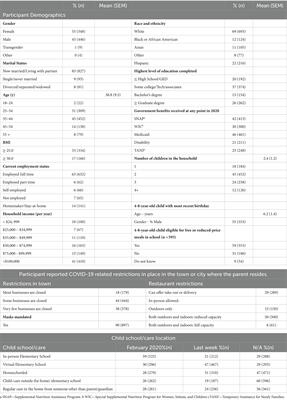
BRIEF RESEARCH REPORT
Published on 02 Aug 2024
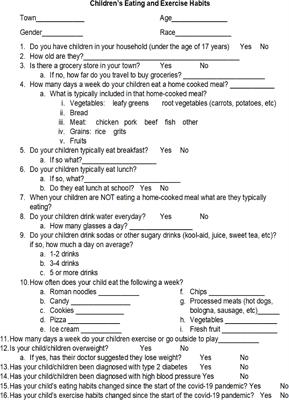
ORIGINAL RESEARCH
Published on 07 May 2024
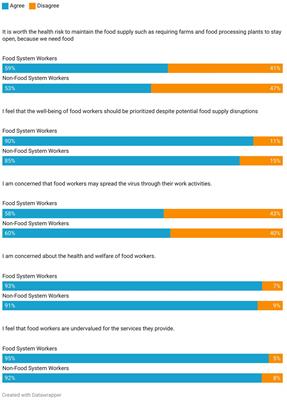
ORIGINAL RESEARCH
Published on 08 Mar 2024
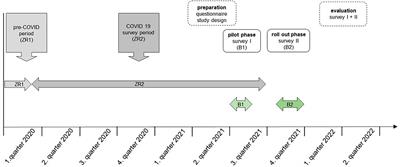
ORIGINAL RESEARCH
Published on 30 Jan 2024
